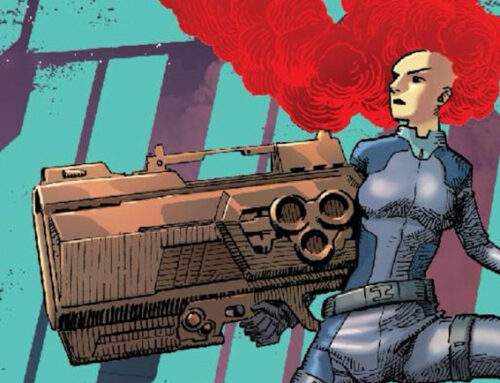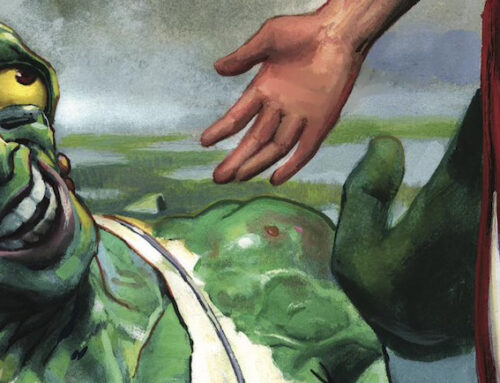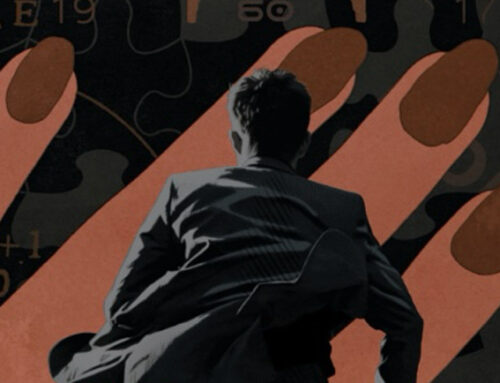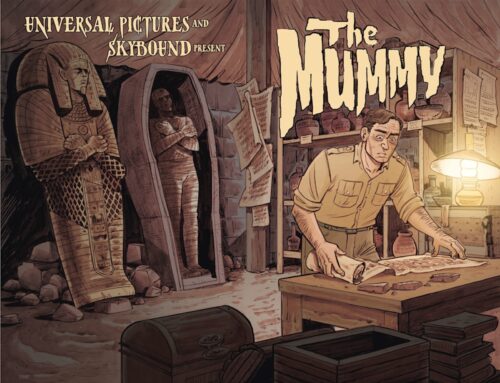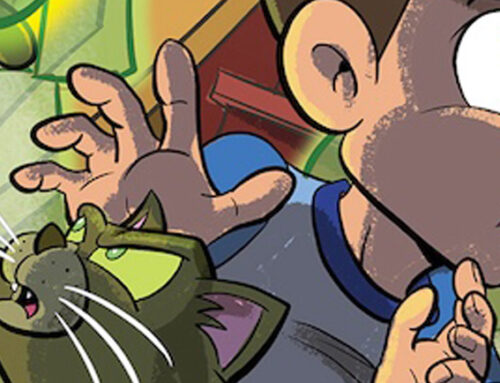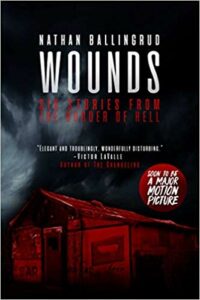 “He didn’t even know he was dead. I had just shot this guy in the head and he’s still standing there giving me shit.”
“He didn’t even know he was dead. I had just shot this guy in the head and he’s still standing there giving me shit.”
So begins the first page of Nathan Ballingrud‘s new book, Wounds: Six Stories From the Border of Hell, a collection of short stories and novellas which seek to explore Hell from just outside of the realm itself. Each story in Wounds feels carefully crafted to add new dimensions to both the world building of Ballingrud’s vision and the thematic elements which he explores. The subtitle couldn’t possibly be more descriptive– each of these pieces sits just between realism and darkest fantasies, and Ballingrud revels in charting that place, teasing readers with only the details of hell necessary to the narrative while hinting at a vast and intricately detailed place just beyond our comprehension. Hell never feels shallow, as Ballingrud skillfully shows the reader just enough to make us want more.
What struck me first about Ballingrud’s writing is his attention to intricate and lush imagery. Equal parts Barker, Brom, and Bosch, Ballingrud’s visual descriptions of Hell and its denizens are always captivating, and in my case left me with such strong visual impressions that I immediately wanted to see them illustrated. For example, the concept of cartographers wandering Hell’s wastelands led by demons and wearing metal boxes on their heads to somehow prevent injury or death in the depths is an immediately striking image. It could feel equally at home depicted as high art or as the cover of a death metal album, and I find that style fascinating to read.
There’s a certain detachment to Hell that makes it all the more interesting as well– it doesn’t feel like a place of immediate eternal torment. This isn’t a lake of fire necessarily, though it’s certainly not a happy place either. It feels vicious and malignant by nature, not thanks to a specific purpose, and that very fine difference makes the characters feel that much more grounded in their pursuit of or engagement with the underworld.
Which all brings us to the final shocking revelation about Wounds and perhaps the most effective part of the book: it isn’t about Hell at all. The inferno may be a unifying story element in every case, and it may be thoroughly enjoyable whenever it rears its ugly head, but truthfully Hell is a bit player that allows Ballingrud to more cuttingly examine the real theme, which is love and the extent to which we willingly endure suffering for it. In all six of these stories, there is at least one character motivated to engage with Hell purely by love, be it love lost, unrequited, or otherwise. The settings and imagery may be fantastical, but the characters here are so very real and motivated by things which are so easy to identify with that it makes that divide more stark and unsettling.
It isn’t scary that there are horrible demons just around the corner, but that the protagonists are willing to subject themselves to those demons for a chance at love, be it romantic or platonic, and that so often the reader will identify with the way that these characters feel and their motivations. Wounds isn’t effective because it shows us a portrait of Hell (albeit a very skillful one), but because it shows us how close we are to that abyss, and does so in a way which will be almost universally relatable from at least one perspective throughout the book. This will easily be among my favorite books of the year, and I can’t wait to read more from Nathan Ballingrud in the future.
Wounds: Six Stories from the Border of Hell is available now in all formats

